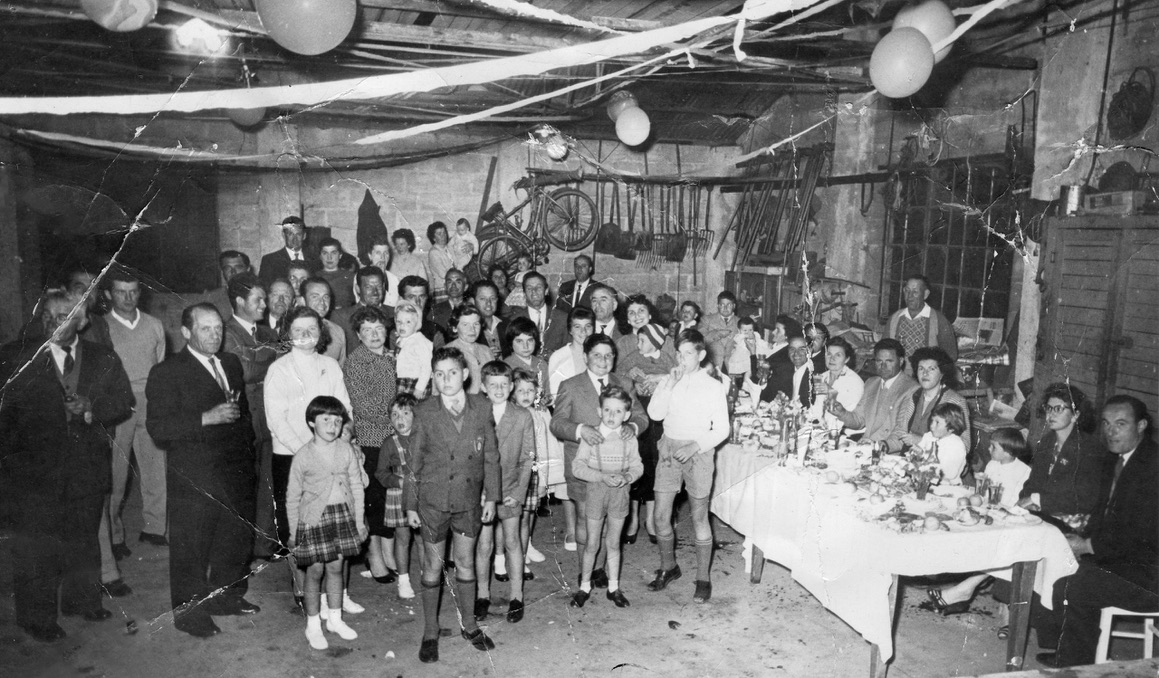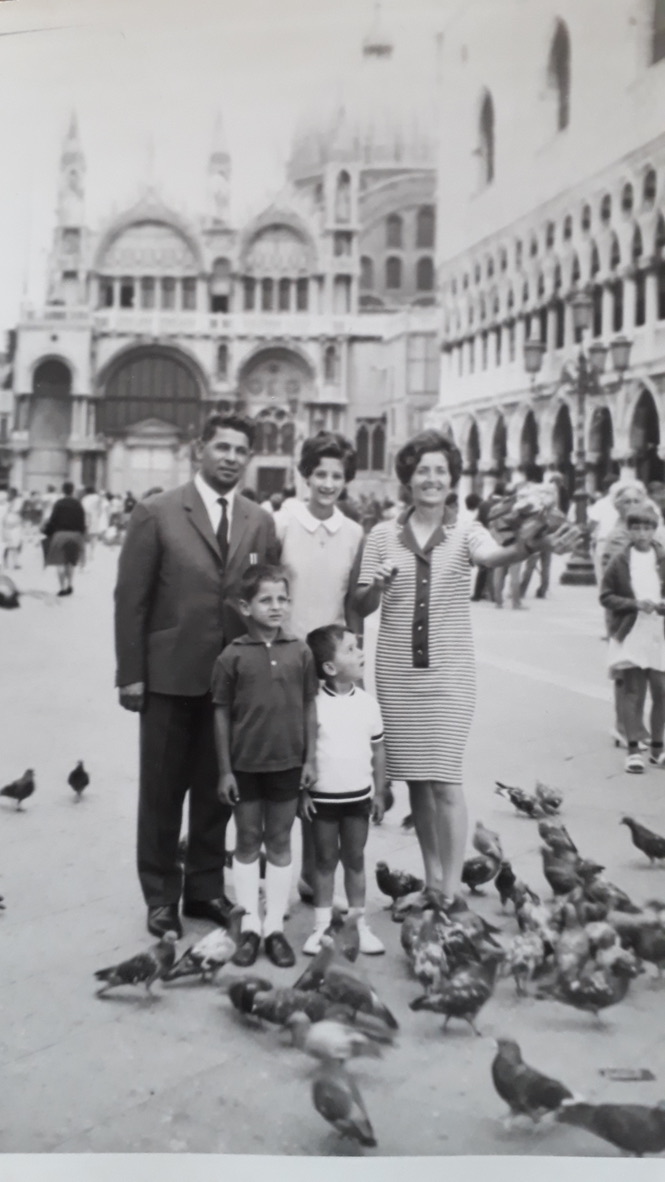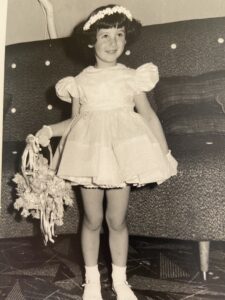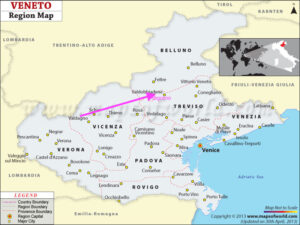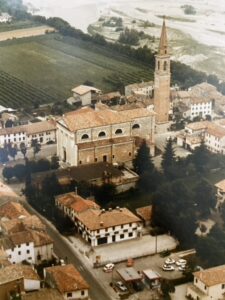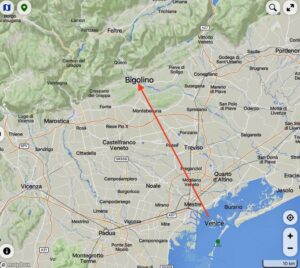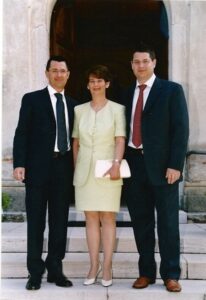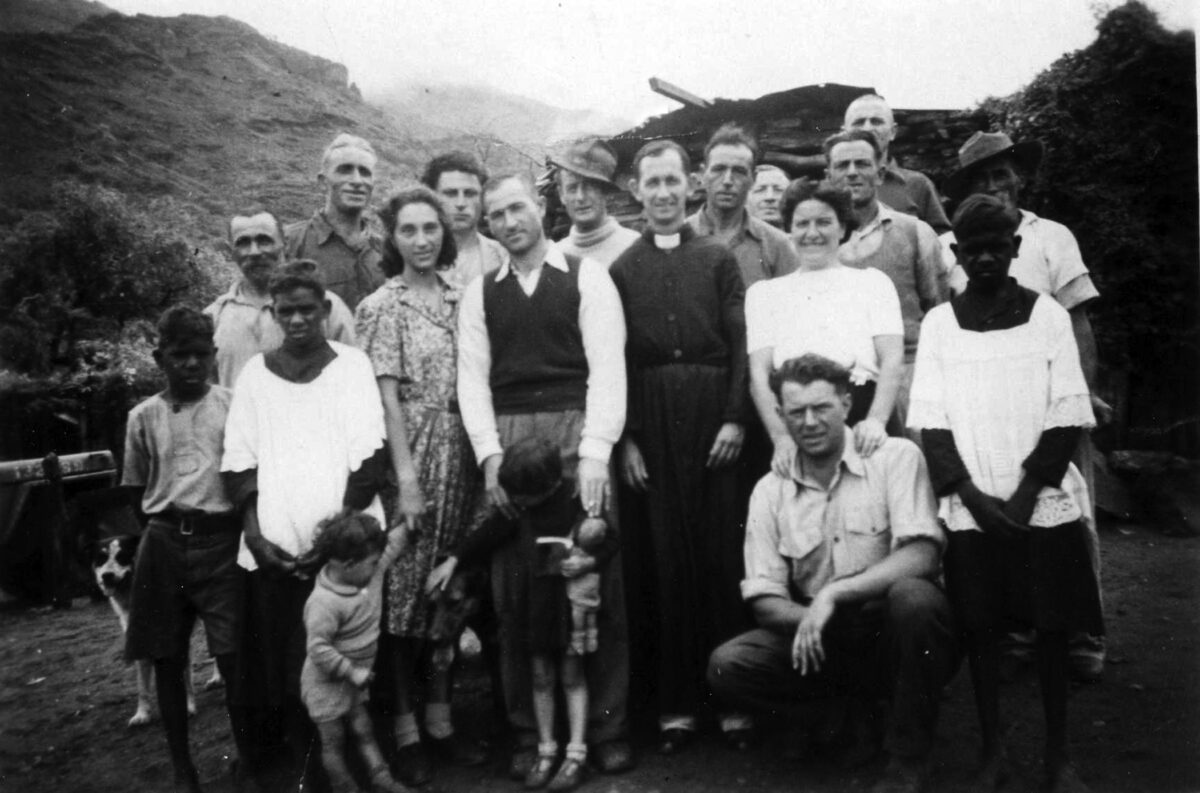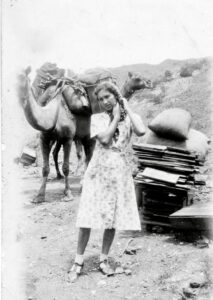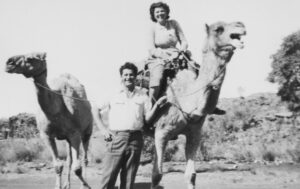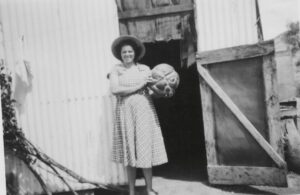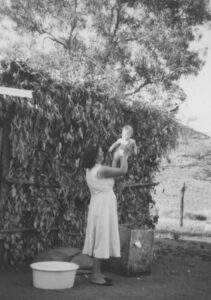Guest blogger, Remo Berno, who lives in Riese Pio X, recalls the social events he and his family enjoyed in the 1950s and 1960s.
The feature photo shows a party celebrating the confirmation of Robert Berno and John Torresan held in the Berno packing shed, Valetta Road, Kidman Park, 1959.
In my youth in Adelaide, I can recall a routine way of life, a good life with all commodities, all that a young person would want. Nevertheless, days followed one another in much the same way. Obviously, a main part of my life, from 5 to 18 years of age, was spent at school or in activities related to school. First, at Saint Joseph’s Primary School in Flinders Park and after that at Saint Michael’s College Beverly and Henley Beach – lessons, recreation, friends, sport, homework, exams. On weekends and during holiday periods, friends came to our house on Valetta Road as we had plenty of space for our outdoor games.
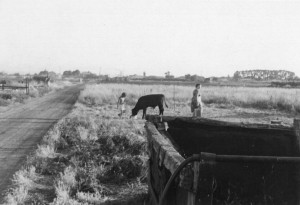
On our market garden on Valetta Road, there were many places that were great as playgrounds. We had a big open gravel yard in front of the packing shed, where we would play footy or cricket with the boys. The empty half cases were excellent for building fortresses for cowboy or war games. The shed and all the adjacent storage rooms or garages were fantastic for hide and seek games. At that time, I rarely recollect being bored even though with hindsight, it was a very normal routine way of life. School mates became friends of play. Nothing seemed to upset that comfortable way of growing up.
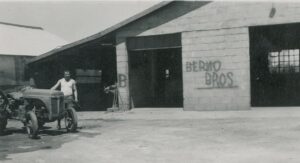
Towards the end of my teens, I was more frequently asked by Dad to help him in the market garden. He was getting on in his years and I was young and healthy. I suppose it was expected by my parents that I should take a more active role in supporting their work. In Italy, in their hometown, Riese Pio X, in the first part of the last century, boys and girls at a very early age were an active part of the family household and farming. I never relished my chores as a youngster but as I grew up, I appreciated how hard Dad and Mum had worked to give us, their children, a good life, so helping became more spontaneous.
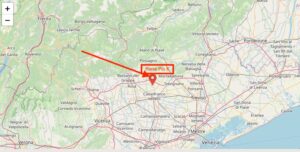
Sunday was the family day. It was Mass in the morning and in the afternoon, trips to park lands or visits to relatives and friends. Looking back, it was the only time during the week that I spent with all members of my family.
However, there were events that broke the routine – events that I recall with great pleasure. Important non-routine events were the parties. As far back as I remember, parties always meant having fun in a different way. At an early age my first memories were birthday parties at home. Friends met at the home of the celebrated boy or girl with sweets, cakes, soft drinks, and of course, birthday presents. These parties were usually quite small and normally took place in the kitchens of the different homes and in the backyards in fine weather.
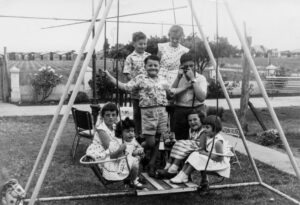
As parties grew bigger, the packing sheds of the Veneti market gardeners were the preferred venues. At that time, the parties were connected to special events such as baptisms, confirmations, and weddings. I clearly remember my sister’s confirmation party that was held in our shed. Because there were five children who were confirmed, a larger venue was required for the party.
The photo below was taken outside the Flinders Park Church with Archbishop Gleeson, who celebrated the holy sacrament. From left to right you see, my father Pietro, his godson and nephew, Angelo Pastro , Diana Maschio (whose grandparents and father migrated from Riese Pio X in Veneto), my mother Antonietta – godmother to both Diana Maschio and Elisa Pastro (her niece), Diana Berno, Archbishop Gleeson, Marisa Berno, Antonietta Baldan, who also migrated from Riese Pio X – godmother to Diana Berno. There is also Clara Santin from Caselle di Altivole, 5 km from Riese Pio X – godmother to Marisa and on the far right, Maria Maschio, Diana Maschio’s grandmother, also from Riese Pio X.
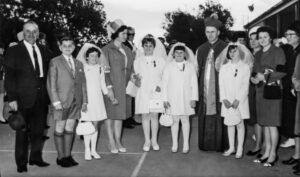
The boys and girls who were confirmed that day – and their godparents – were all related in some way to each other.
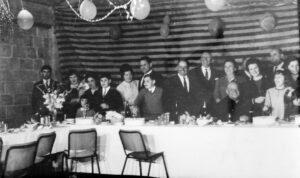
I can now appreciate how important these occasions were for the Veneto people and especially to the pioneer Veneto market gardeners’ families. In that photo we see my parents Antonietta and Pietro Berno, and also Clara, Romildo Santin’s wife. The market gardeners of these two families migrated to Adelaide in 1920s. The following families: Pastro, Maschio and Baldan had migrated to Adelaide, or better, to Lockleys, in the path paved by the pioneers. In fact, all these families settled in the vicinity of Valetta Road, Frogmore Road and Findon Road.
Socialising meant stronger relationships between the Veneti who had migrated after World War II and the pioneer Veneti. Families like my father’s and those of the Tonellato brothers and sisters or those of the Santin brothers and sisters had been settled in Lockleys for quite some time. Their market gardens were already established activities. They all had an important workplace, the sheds. I imagine that it was quite straightforward for the pioneers to organise these “in house” parties. Each of the pioneer families had its own market garden shed that offered a great location for get-togethers. Food and drinks were not a problem as the produce from their farms was abundant. The new Veneto migrants that arrived after the war had ties to their relations who had already settled in Australia. My father and uncle offered their shed for the newcomers’ events such as weddings or baptisms.
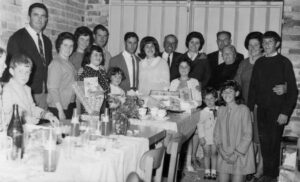
It was common for my family to attend such parties in our shed but also in those of the Santins, the Tonellatos, and of other Veneti market gardeners’ sheds. At the parties there were children of all ages, so it was never a problem to meet old friends and make new ones, and spend time playing games.
The families of friends and relatives got together away from work and housekeeping, and they spent pleasant hours, probably recalling the sagre paesane (village festivals) that took place in their hometown in Veneto. These sagre paesane in Italy were special occasions where the whole community would come together to celebrate the patron saint of the village. In a similar manner, the families of the Veneto market gardeners came together as a community in Lockleys.
The children would soon play in and around the party location. The women would get together to exchange views on whatever interested them. The men would gather, especially if the party had a bar. Beer would flow and was counted by the kegs. Chatting got louder and louder, and that’s usually when the singing of old Italian songs would break out. The young adults would meet and dance to the music played by the band, a small group of two or three with an accordion, a set of drums and a vocalist. Usually, the band members sang and played Italian favourites that pleased all the participants. On these occasions, it was not unusual for young Italian men who had recently arrived in Adelaide, to show special attention towards young second-generation women in the attempt to find their new partners in life.
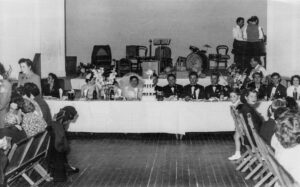
I remember one epic wedding party that took place at Centennial Hall in Wayville with over a thousand guests with a many storeyed wedding cake. We the youngsters, were everywhere, playing and having fun. There was so much to do, and our parents were too busy partying, so we had fewer restrictions than usual. In these very big parties, I would make meet other boys my age who were new to me. Some new acquaintances became my friends. At a latter age the parties became occasions to meet young girls with a different attitude to friendship. Everything connected to the parties was so exciting, and a break in my routine.
I still fondly remember these events of more than 50 years ago and they remain one of the many pleasant aspects of my youth in Adelaide. I was young and took them for granted as a normal way of socialising with the other Veneti. I probably never even thought about the fact that most people at these parties were somehow related and had in common, their origins. I was born in a big capital city with an extended territory and an important population. Looking back, I see how many parties that were held in the sheds belonging to the Veneto market gardeners. It was a time where these families that had migrated from small rural villages in Veneto would come together. The population of these small Italian towns in the early 20th century was only a few thousand people and their lives were celebrated in a small area around their homes.
The ‘new Australians’ had migrated to a major city, Adelaide, in a new and young nation, Australia, and had to integrate into the new world, hardly speaking English, if none at all. It certainly was an important step up in life for them.
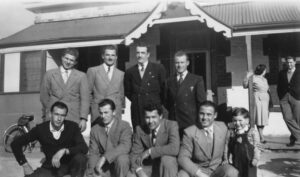
These parties were binding events for the migrants, exchanging friendship and guidance, that helped them face the challenges of settling down in the new nation. Parties were important occasions to meet other similar Veneti and feel the comfort of being part of a community where fellow migrants, that had already settled and had reached a comfortable economic status, could give them the attention needed.
Remo Berno
16 July 2023
All photos, except the last one, provided by the Berno family.
You can listen to Remo’s interview and read the transcript on the website. Go to the Berno page and find the ‘Interview’ and ‘Transcript’ buttons: https://venetimarketgardeners1927.net/1927-pioneer-families/berno-family/
